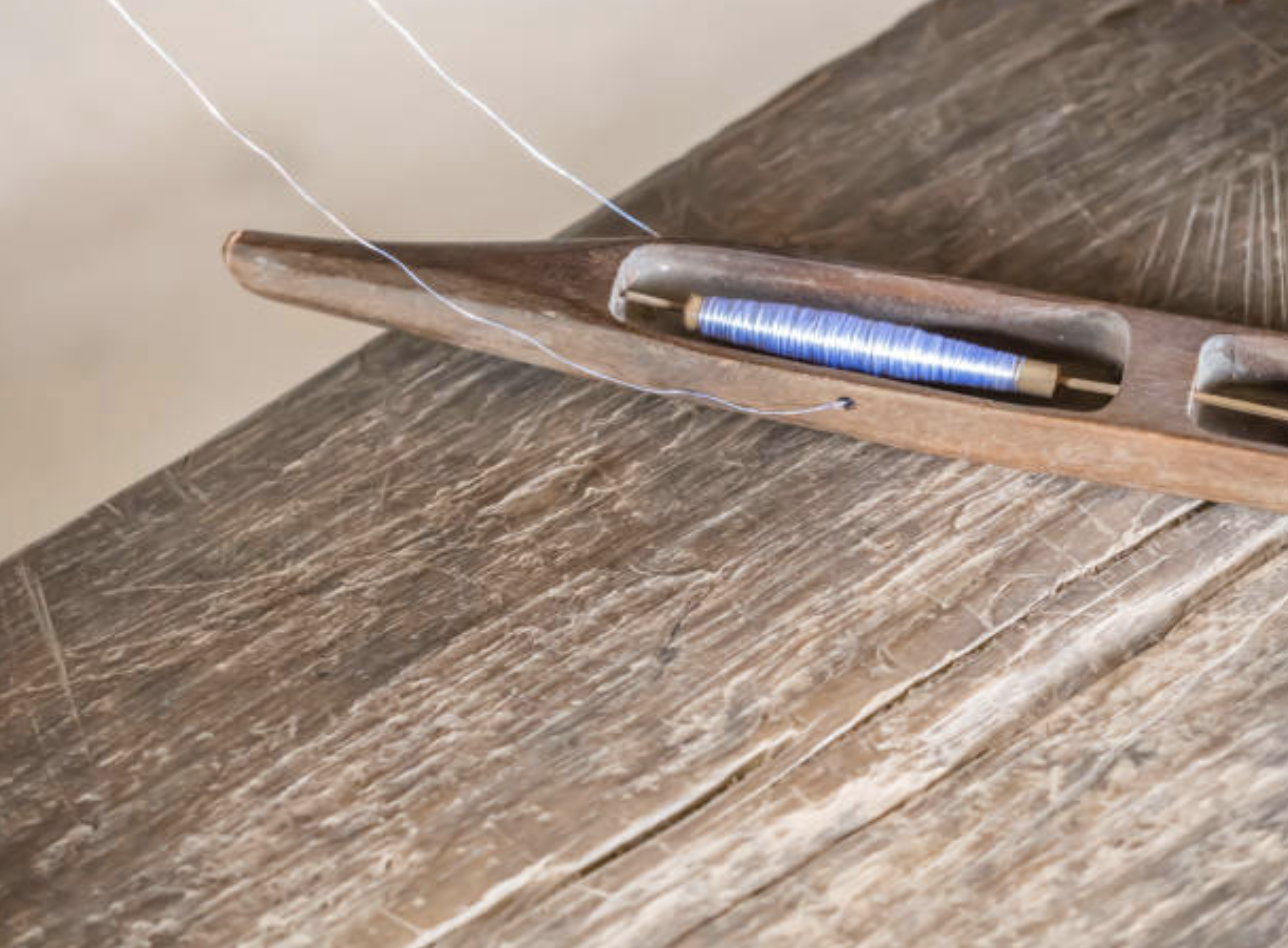There’s a Fungus Among Us!
Written by Anne James
How do you accommodate the urban agriculture element of the Living Building Challenge on a shaded, forested site in the Pacific Northwest? Think forest foraging and mushrooms!! Loom House on Bainbridge Island, WA will uphold the principles of the Living Building Challenge (LBC) v3.1 Imperative 02: Urban Agriculture to help it become the first LBC remodeled residence. The imperative requires that a pre-determined percentage of the site’s area support “crops, livestock and other strategies that contribute to human health and/or food consumption urban agriculture”. The site’s FAR (floor to area ratio) drives the agricultural area calculation. Given our FAR of .15we needed to develop over 7000 SF of urban agriculture on the 24,000 SF property. The substantial agricultural area required on the forested site forced us to “think outside the box”.
Loom House sits above a steep east facing bluff overlooking Puget Sound, with the Seattle skyline and Cascade Mountains in the distance. Away from the bluff, the site is dominated by a canopy of large, second growth native evergreens, which are up to 46” in diameter and over 100 years old; they provide a mature canopy over much of the garden, and create shady conditions below. The native giants were under planted over the years with ornamental trees and shrubs, including Japanese Maples and Rhododendrons. A series of informal stone and gravel pathways and dry stream features tie the mature garden together in an attractive, loosely Asian style.
To meet the LBC urban agriculture requirement, a berry bramble, small orchard, hazelnut grove, veggie beds and a mycological foraging forest area will be introduced.The mycological foraging forest will be developed under the tree canopy, and will introduce regionally appropriate and native gourmet mushroom mycelium in various forms. Methods we will use include inoculating the forest floor with sawdust spawn and hardwood chips inoculated with mushroom spores. Hardwood logs, placed stumps and other woody debris will be inoculated with plug spawn. After 9-12 months, when the medium is fully colonized with mushroom mycelium, mushrooms will begin to form and should continue to appear for years thereafter. Much of the information needed to plan for the mycological garden was sourced from Paul Stametz’s website, “Fungi Perfecti”, and his book, Mycelium Running.
We will also include other edible foraging plants below the tree canopy, including wild nodding onion, Bracken fern for fiddleheads, and Siberian Miner’s lettuce. Red huckleberries will be planted in stumps and on the nurse logs to mimic nature; their berries can be harvested when ripe. A berry bramble, located near the community mailboxes to encourage neighborly sharing, will include a mix of native berries – Salmonberry, Elderberry, Evergreen Huckleberry and Chokeberry, together with commercial Blueberries and Currants. Grapes will climb up metal screens between the rainwater collection cisterns near the vegetable garden. A Hazelnut grove will be located near the fruit tree orchard, in the more open, sunny south side of the property. The dwarf fruit tree orchard will have a mix of edible, medicinal and ornamental pollinator under plantings, loosely based on the Permaculture “guild” model. The plants will include nitrogen fixers, accumulators with deep tap roots, and ones selected for pest control with the goal of creating a resilient, regenerative, and beautiful garden.
The Loom House gardens will help re-establish a tie between the owners and their nourishment, and help reconnect them to the land. Harvests will be shared with others in the neighborhood, furthering the connections of humans to the land. The development of the gardens, including the urban agricultural component, will help fulfill multiple imperatives of the LBC petals – including Site (Urban Agriculture), Health (Biophilic Environment), Materials (Red List, Living Economy Sourcing, Net Positive Waste), Beauty (Beauty and Spirit, Inspiration and Education). Beyond all this, Loom House will be a place for the owners to live a happy, healthy life, and will serve as a fine example for others who strive to do the same.
Written by Anne James
Anne James Landscape Architecture


